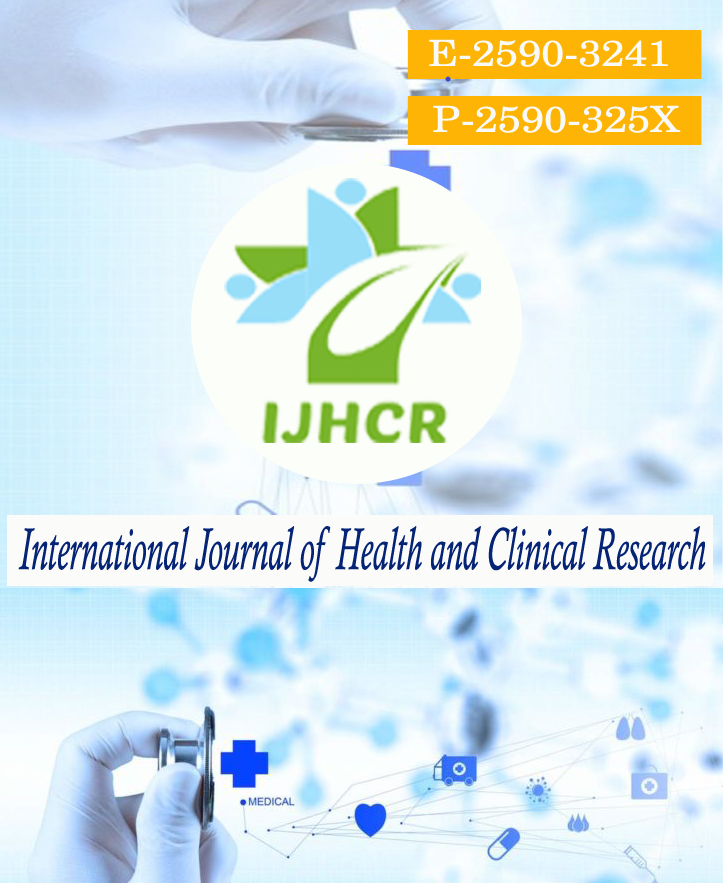A Hospital Based Prospective Study to Compare the Success Rate Haemodynamic Changes, Average Pain Score and the Time to First Analgesic Request in 24 Hours Postoperative Period Between Caudal Block and Dorsal Penile Nerve Block (DPNB) with Plain Bupivacai
Keywords:
Circumcision, Paediatric patients, Day care, DPNB, Caudal block, painAbstract
Background: Children often express pain post-circumcision by crying, restlessness and agitation which often lead to increase bleeding from surgical site and hesitation at micturition. NSAIDS are said to be associated with increased risk of post-operative bleeding and renal toxicity. The aim of this study to compared the efficacy of caudal block and dorsal penile nerve block (DPNB) with plain bupivacaine in paediatric patients for day-case circumcision. Materials & Methods: This was a prospective study in done on 100 paediatric patients’ aged 1-5 years of American Society of Anaesthesiologists (ASA) classification I or II who underwent day-case circumcision at the K.D. Medical College, U.P. India. On arrival in the anaesthetic room, each patient was randomly allocated by balloting using sealed envelope into either group A (caudal block with 0.5% plain bupivacaine) or group B (dorsal penile nerve block with 0.5% plain bupivacaine). The times the first Paracetamol dose was needed and the time it was given were noted and recorded. Categorical variables were compared using the Chi-square or Fisher's exact test as appropriate. Continuous variables were analyzed with independent student t-test. Results: The caudal block group consumed significantly less doses of paracetamol (2.12 ± 0.36) compared to 3.02 ± 0.58 consumed by the DPNB group (P<0.05*). It also compared the mean dose of Paracetamol (mg) consumed by the two groups in the postoperative period. Group A consumed 372.58 ± 70.22 mg while group B consumed 575.12 ± 94.67 mg of Paracetamol in 24 hours (p<0.05*). The time to the first analgesics demand was significantly longer in the caudal block group (334.66 ± 16.18minutes) compared to 92.30 ± 13.98 minutes in the DPNB (p< 0.05*). Conclusion: We concluded that caudal block has a higher success rate, better postoperative analgesia, less postoperative haemodynamic changes and less incidence of vomiting. However, delayed micturition was more in the caudal block group compared to dorsal penile nerve block for children aged 1- 5 years for day case circumcision.
Downloads
Published
How to Cite
Issue
Section
License
Copyright (c) 2021 Manju Saxena, Soni Jasuja, Sandhya Lata, Jayesh Shakeet

This work is licensed under a Creative Commons Attribution 4.0 International License.






 All articles published in International Journal of Health and Clinical Research are licensed under a
All articles published in International Journal of Health and Clinical Research are licensed under a 